Experiments on health of plants, flowering, and fungal diseases
strawchicago z5
8 years ago
last modified: 8 years ago
Featured Answer
Sort by:Oldest
Comments (55)
strawchicago z5
8 years agolast modified: 8 years agostrawchicago z5
8 years agolast modified: 8 years agoRelated Discussions
Adding trace elements to prevent fungal diseases
Comments (13)Hi Jim: thanks for the picture of the mountains in your PA area ... that's so beautiful !! I live 1/2 hour northeast from DeKalb, IL. You are right that DeKalb is flat, mostly corn fields. I have more trees & and varied scenery here. My heavy clay is fertile too. I don't need to fertilize much, but I need to add trace elements for disease-resistance. This is my first year WITHOUT horse manure, and it's the most black spots, and disappointing year !! Horse manure NPK is low, but high in trace elements, thanks to its being a good source of bacteria. Plus zinc and copper vitamins added to the feed. Even if the soil is tested sufficient in NPK, with constant rain, and after heavy blooming .. nitrogen and potassium are leached out. Nitrogen can be re-supplied again with nitrogen-fixing bacteria, which is abundant in organic matter like composted manure. But potassium has to be supplied via fertilizer. Henry Kuska, professor of chemistry and once had a garden of over 1,000 roses, made an excellent observation that perhaps roses become depleted of potassium after a bloom cycle, esp. late fall. I agree, I gave Comte de Chambord a big-dose of potassium at the start of its 2nd flush ... it gave many petals-bloom, and the bulk of the blooms are heavier than the leaves plus the wimpy root. Now at the end of its flush, it's breaking out in B.S. To make zillion-petals bloom, a lot of potassium and calcium are needed prior to each flush. Less-petals like Knock-out are more disease-resistant, because the bulk of its roots is more than the bulk of the blooms ... the roots can easily fetch more nutrients. So for wimpy-root roses like Comte de Chambord and Jude the Obscure, immediate soluble fertilizer is needed for blooms & disease-protection. Why Mr. Lincoln is more disease-resistant for your soil than else where? Perhaps Mr. Lincoln root is most vigorous in your particular soil to fetch the nutrients needed to fight against diseases. Romanticas are clean in my alkaline soil, since their roots are very vigorous at my soil pH, with plenty of dolomitic lime for them. Your pic. shows the mountains in PA, which means less air-flow than my open Chicagoland. Plus I don't get dew, as you stated, "Here we get heavy dews outside. So around 10pm the leaves on our roses are getting wet as if it rained. They dry off early to late morning so perfect breeding grounds for BS." I find that dry & leathery leaves like Crimson Glory (prone to mildew in dry climate) tolerate wetness on its leaves. Crimson Glory is my top-clean rose, even after 1-week of constant rain. Same with shiny leaves like Pat Austin ... that one is known as a water-hog & loves the rain, but become droopy in hot & dry weather. Christopher Marlow has thick & shiny & rain-resistant leaves. It's the thin-leaves like Comte de Chambord that can't take the humidity nor wetness. I have to give that SOLUBLE calcium & potassium to make its leaves thicker. Same with Gruss an Teplitz, leaves can't take wetness, and he's the parent of Dr. Huey rootstock. Zinc and copper are the 2 strongest antifungal agents, and some soil are more deficient in those. That's why this year without horse manure, my roses are the worst ever. Calcium is a weaker antifungal agent, but it still works. That's why my Duchess de Rohan planted in my clay fixed with tons of gypsum, is 100% clean despite being a shady, perpetually wet spot where other perennials are mildewed, and other roses with BS. My clay is dolomitic lime, and I'm next to a limestone quarry, yet my soil is tested barely adequate in calcium. One hundred plus-petals bloom like Austin roses require lots of calcium and potassium, versus less-petal Knock-out. Below is a bouquet picked today, July 23, showing the many petals roses. The firm-petal one like Stephen Big Purple which lasts long in the vase, also requires an ungodly amount of calcium. It does very well next to my limestone-based patio, and doubled in growth after application of gritty lime. Pink is Sonia Rykiel, yellow is Golden Celebration, small beige Mary Magdalene, big peachy pink are Evelyn. This post was edited by Strawberryhill on Wed, Jul 23, 14 at 22:56...See Morequestion on fungal disease treatment
Comments (5)The first thing I noticed was small black specs (kind of like the picture of bacterial speck) especially on the potato leaf varieties. Other leaves, expecially on the cherry tomatoes quickly developed rather large yellowing most similar to the picture of gray leaf spot. Did not look exactly like any of the pictures on problem solving 2 message but that is the closest description I can give you. Sorry I do not have a way to post a picture. Sprayed with Ortho garden disease control and brought back into warmer dry garage under light and does not appear to be getting any worse and new leaves coming out do not show signs of disease. Plants seem to be actively growing and putting on new leaves. Because the disease seemed to stop spreading after spraying and getting plants into warmer dryer conditions, I figured it was or is probably a fungus type? I do not have much experience and curious if, once plants get a fungus disease, is it always present and requires spraying every seven days for the entire season for control or does it only appear when conditions are cool and wet? Sorry I do not have the experience to give a better assessment, but would appreciate your thoughts. I would prefer not to spray every seven days just as a preventative throughout the season if it is not necessary, but I also do not want to let this get started again as it developed very rapidly (two days or less) and has to be hard on the plants....See MoreFungal disease creating drought stress in zoysia?
Comments (8)Thatch is a build-up of organic matter which can include, dead grass leaves, stems, stolons, rhizomes, and overcrowded grass roots and lateral weed growth (Wikipedia). I can live with that definition. Key is build-up. You have one layer of fallen over dead grass. I don't think that meets the definition. I guess when I rake up the leaves I'm dethatching. Have you tried raking up the dead grass? The reason not to use a mechanical dethatcher is it is abusive to the turf. If you have stolons it will chop them into pieces. For St Augustine that can kill the plant. Zoysia is mostly spread with rhizomes, so you would not see it, but with a rake you can be a lot more selective as to how much of a beating the turf gets....See MoreStart of fungal disease?
Comments (4)Just wanted to update. So far, no further signs of whatever this was. I think Jean may have been right--some kind of edema or other physical damage, maybe from banging around during windy days, as the affected tips were sometimes touching the ground. I've since pruned off the leaves that touch the ground on all my plants. They start off off the ground and then some of the lower ones bend down and reach for the ground at some point--no idea why that happens; it's not wilt, as they remain turgid and healthy looking. Plants are all very happy and have produced tons of foliage and blooms in the past week as well as set a bunch of fruit. Let's hope things stay that way. I'm keeping my fingers crossed unless they're busy monitoring and spraying....See Morejim1961 / Central Pennsylvania / Zone 6
8 years agostrawchicago z5 thanked jim1961 / Central Pennsylvania / Zone 6strawchicago z5
8 years agostrawchicago z5
8 years agolast modified: 8 years agostrawchicago z5
8 years agolast modified: 8 years agostrawchicago z5
8 years agostrawchicago z5
8 years agostrawchicago z5
8 years agostrawchicago z5
8 years agostrawchicago z5
8 years agolast modified: 8 years agostrawchicago z5
8 years agolast modified: 8 years agojim1961 / Central Pennsylvania / Zone 6
8 years agostrawchicago z5 thanked jim1961 / Central Pennsylvania / Zone 6strawchicago z5
8 years agolast modified: 8 years agostrawchicago z5
8 years agostrawchicago z5
8 years agolast modified: 8 years agostrawchicago z5
7 years agolast modified: 7 years agostrawchicago z5
7 years agolast modified: 7 years agoKhalid Waleed (zone 9b Isb)
7 years agolast modified: 7 years agostrawchicago z5 thanked Khalid Waleed (zone 9b Isb)strawchicago z5
7 years agolast modified: 7 years agoKhalid Waleed (zone 9b Isb)
7 years agostrawchicago z5
7 years agolast modified: 7 years agostrawchicago z5
7 years agolast modified: 7 years agostrawchicago z5
7 years agolast modified: 7 years agoKhalid Waleed (zone 9b Isb)
7 years agolast modified: 7 years agostrawchicago z5 thanked Khalid Waleed (zone 9b Isb)strawchicago z5
7 years agostrawchicago z5
7 years agolast modified: 7 years agostrawchicago z5
7 years agolast modified: 7 years agostrawchicago z5
7 years agolast modified: 7 years agostrawchicago z5
7 years agolast modified: 7 years agostrawchicago z5
7 years agolast modified: 7 years agostrawchicago z5
7 years agolast modified: 7 years agostrawchicago z5
7 years agolast modified: 7 years agostrawchicago z5
7 years agolast modified: 7 years agoValRose PNW Wa 8a
7 years agostrawchicago z5
7 years agoKhalid Waleed (zone 9b Isb)
7 years agostrawchicago z5
7 years agostrawchicago z5
7 years agolast modified: 7 years agostrawchicago z5
7 years agolast modified: 7 years agostrawchicago z5
7 years agolast modified: 7 years agostrawchicago z5
7 years agolast modified: 7 years agostrawchicago z5
7 years agolast modified: 7 years agoKhalid Waleed (zone 9b Isb)
7 years agostrawchicago z5
7 years agolast modified: 7 years agostrawchicago z5
7 years agostrawchicago z5
7 years ago
Related Stories

GARDENING GUIDESTree Care: Common Tree Diseases and What to Do About Them
Learn to recognize trees that may be affected by diseases or pests so you can quickly take action
Full Story
GARDENING GUIDES10 Deer-Resistant Native Flowers to Plant This Fall
Learn about natives that embrace some kinds of wildlife but resist grazing deer
Full Story
TREES7 Deer-Resistant Flowering Trees to Plant this Fall
If you live in a neighborhood with roaming deer, consider these beautiful trees that won't tempt hungry guests
Full Story
GARDENING GUIDESGreat Design Plant: Rosa Banksiae a Low-Maintenance Beauty
This thornless, disease- and insect-resistant rose brings showers of white or yellow flowers to the spring garden
Full Story
HEALTHY HOMEHow to Keep Water Vapor From Ruining Your House and Your Health
We help you find out when it’s happening, what it means and how to fix it
Full Story
GARDENING FOR BUTTERFLIESGreat Design Plant: Scotch Heather
The moors aren't all moody, as this prettily colored evergreen shrub proves. Plant it en masse for an epic romance in your own garden
Full Story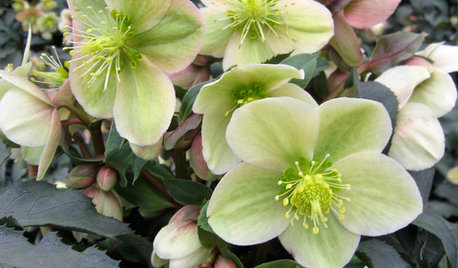
WINTER GARDENINGGreat Design Plant: Gold Collection Hellebores Perform Like Stars
Exciting colors, longer bloom times, forward-facing flowers ... These hybrids leave old hellebores in the dust
Full Story
GARDENING GUIDESGreat Design Plant: Knock Out Roses
As glorious as their high-maintenance kin for a fraction of the work, Knock Out roses make even beginners look like garden stars
Full Story
WINTER GARDENINGPruning Secrets for Exquisite Roses
Encourage gorgeous blooms year after year with this time-tested advice on how to prune your rosebush in winter for health and shape
Full Story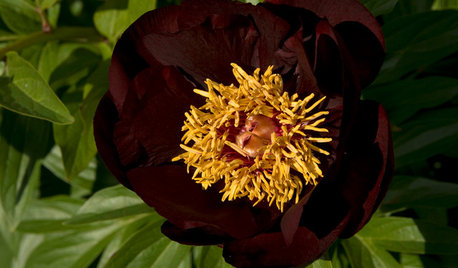
GARDENING GUIDESGreat Design Plant: Peonies
Fancy some old-time romance and low-maintenance color in your garden? These long-lived flowers are just the thing
Full StorySponsored



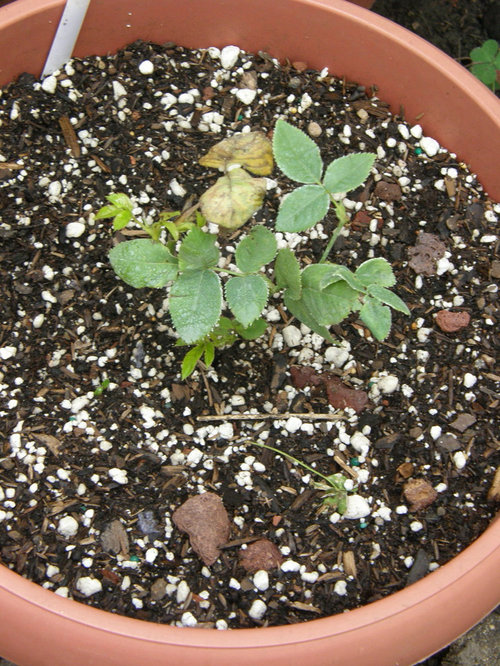
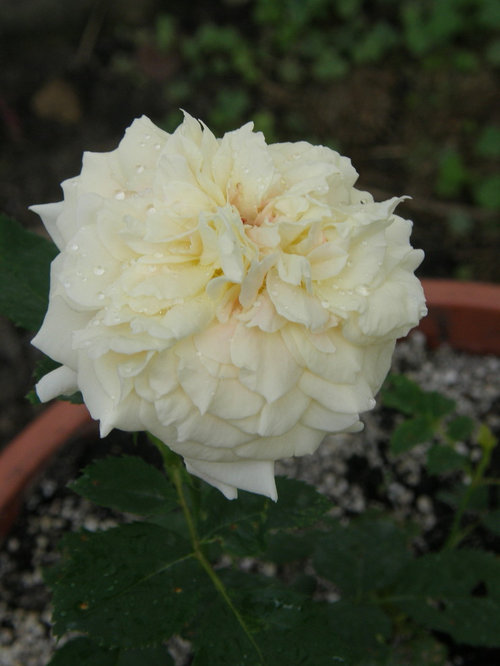
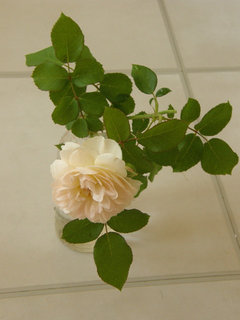
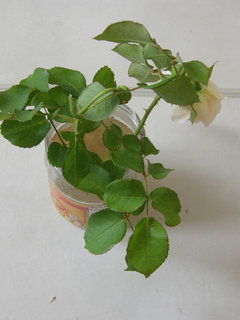
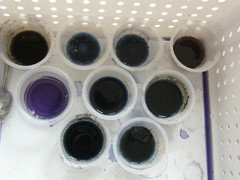
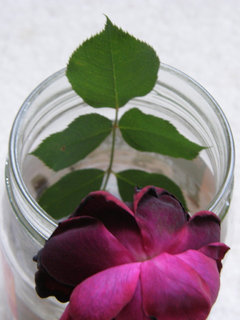
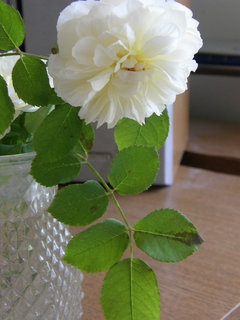
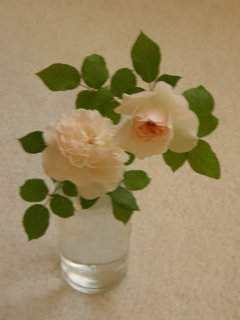
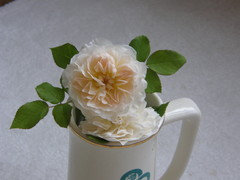
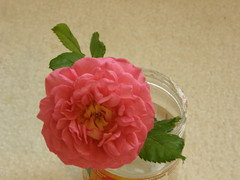
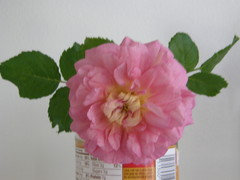

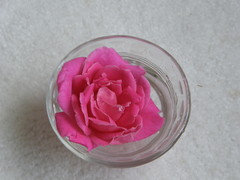

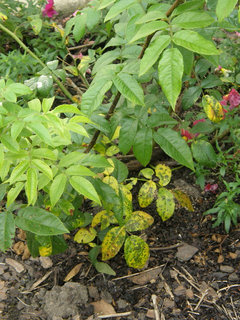
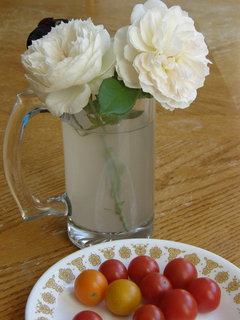

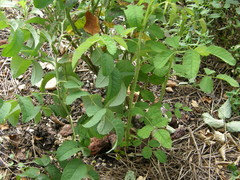
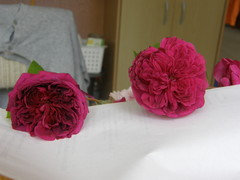


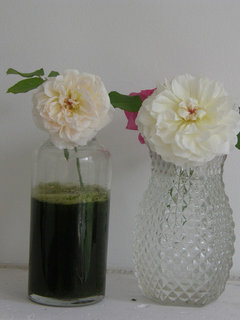

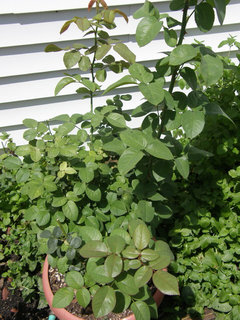


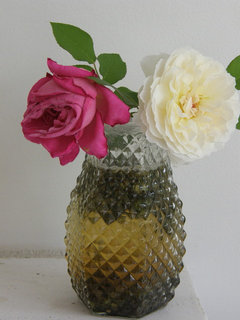



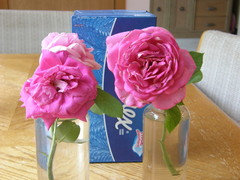
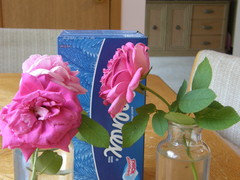
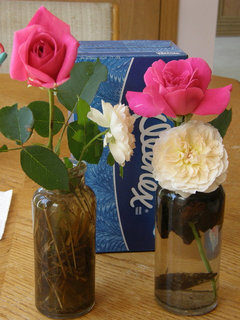




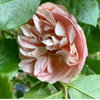
User